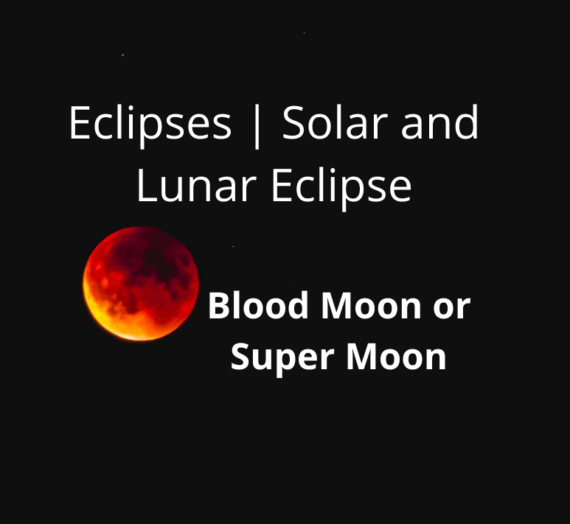Stars and Planets are the two celestial bodies which can be seen in the night sky but both of them are different from each other in many respects. Sometimes it is difficult to say that the shining celestial body which you are seeing is actually a planet or a star?
Let us learn the basic difference between stars and the planet.
Difference between stars and planet
Stars
- Stars are the huge ball of gases and dust
- Stars are made up of gases like hydrogen and helium
- It has its own heat and light
- They seem to twinkle in the night sky due to atmospheric effects. To know more about Why do stars twinkle? read this.
- These are point sources of light.
- Stars are big in size, some are bigger in size than our sun.
Planets
- Planets are the celestial bodies revolving around the sun.
- Planets are made up of rocks ,ice and gases.
- It doesn’t have its own heat and light; they only reflect the sun’s light.
- They do not twinkle.
- Planets change their position as they are revolving around the sun.
- Planets are small in size as compare to stars
Night sky is full of amusement whenever we look upon the sky. It makes us curious about the outer world. Many questions arise in our mind from where do these celestial bodies get power to enlighten the black sky? And many more
Lets know about one of the significant facts about the universe.
Why are only stars twinkling in the sky not the planet?
In our solar system eight planets are revolving around the sun .Our earth has its eight neighboring planets .These planets are closer to the Earth and so appear not as pinpoints, but as tiny discs in our sky. You can see planets as discs if you look through a telescope, while stars remain pinpoints. Sometimes these planets may visible to us from earth as and when they come closer to earth orbit. Planets do not have their own light. They only reflect the Sun’s light. Sun’s light get refracted by Earth’s atmosphere, as it travels toward our eyes. Due to refraction in Earth atmosphere the light coming from one edge of this disc nullified by the light coming from the opposite edge of the disk.
It can also be understood like the light from one edge of a planet’s disk might be forced to” zig” light from the opposite edge of the disk might be “zagg” in an opposite way. The zigs and zags motion of light from a planetary disk cancel each other out, and that’s why planets appear to shine steadily. They do not seem to twinkle like stars.
We often see Venus in the morning and evening as it is the second planet in our solar system that’s why it is also called the morning and evening star of our solar system.
Next time when you see in the night sky try to locate this brightest planet.



